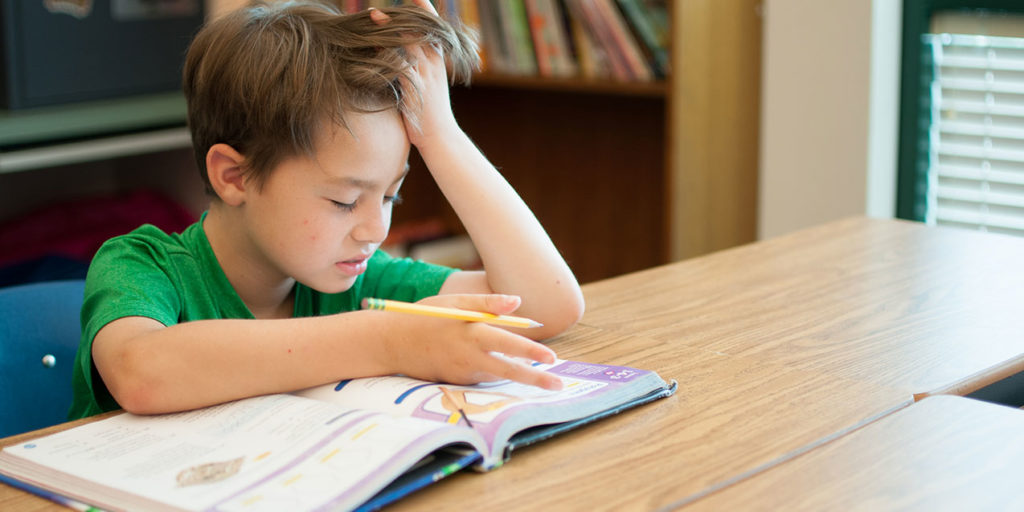3 Ways to Support Struggling Readers
When it comes to supporting struggling readers, it can be hard to know where to start. After all, every child learns in unique ways and not all strategies work for all children. Today I’m going to share with you three ways to support struggling readers in your classroom. Plus, I have a few freebies for you along the way!
1. The First Strategy to Support Struggling Readers is to Assess, Set Goals, and Get Families on Board
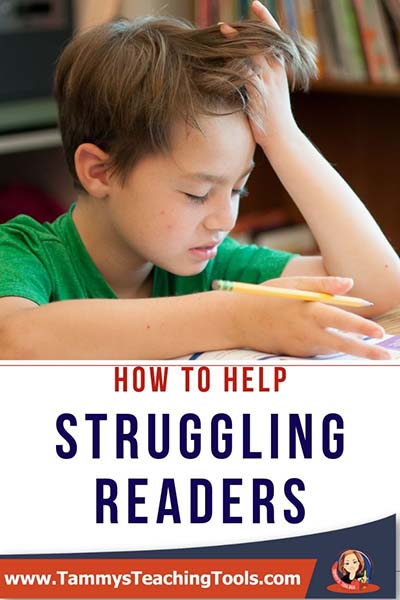
Before you can help your struggling readers, you’ll need to identify them and learn about their unique challenges. Most schools have their own reading assessments but if yours doesn’t you can create your own. The four important areas to assess are letter names, letter sounds, sight words, and a running record.
If you are not familiar with a running record, it’s a tool used to assess students’ oral reading accuracy and comprehension. As a student reads aloud, mark the errors and self-corrections. For each error, note if it was a meaning, structure, or visual error. This information will help you know what reading strategies that the child may need most.
► Once you have the data from your assessments, analyze it and look for patterns. What are the child’s strengths and weaknesses?
► Set up a meeting with the child’s family to share this information and create a plan. In the meeting, share the assessment data, set attainable goals for home and school, and agree to meet in 6-8 weeks to check in on progress. Ask if the child has had a vision and hearing test recently, and if not, recommend one. Parents will appreciate your proactive approach.
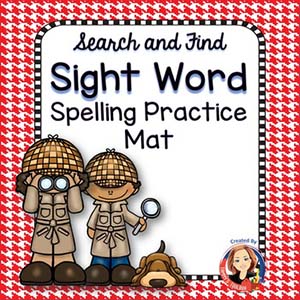
► Give parents tangible resources such as flashcards, phonics games, and leveled books so they can easily support their child’s reading development at home. You can give families my multi-sensory Sight Word Spelling Mat to practice any group of sight words in a multisensory way.
2. A Solid Foundation in Phonics Is the Key to Success in Reading
Many students struggle to read because they did not receive a solid foundation in phonics. Trying to read without understanding phonics is like trying to open a lock without a key. Teaching (or re-teaching) phonics to your students will take time and energy but will be worth it in the end.
► Make sure you have a comprehensive set of phonics posters displayed somewhere in your classroom. You’ll want to have more than just the basic 26 letters of the alphabet. Include things like digraphs, silent letters, and blends and take time to explicitly teach your students the phonics rules for these sounds. You can print multiple phonics posters to a page and use the mini-phonics posters in games and guided reading activities.
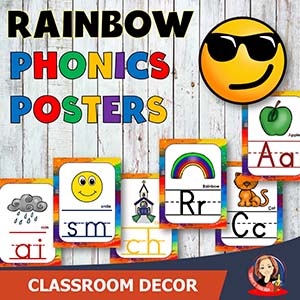
► Use your assessment data to focus on the phonics skills that your struggling readers need. One of the best ways for students to learn phonics (or anything for that matter) is through games.
Fun Phonics Games
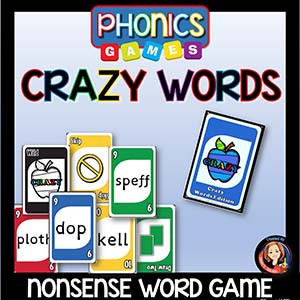
► If your struggling readers need to work on decoding CVC words, you can teach them how to play Crazy Words. With colors and rules similar to Uno, Crazy Words engages students in meaningful practice by having them decode nonsense words in a fun group game.
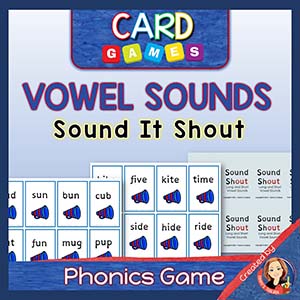
► One common challenge many early readers have is recognizing long vowel patterns, whether its vowel teams, silent e, or other long vowel alternatives such as -ay and -y. To give students practice with distinguishing between short and long vowel words, introduce them to Sound It, Shout, a game where students match short and long vowel sounds to get rid of all their cards.
► You can also create your own phonics games inexpensively using index cards. Think of a phonics rule you want to target and write down corresponding words on each index card. Your students can use the cards to play games like Go Fish or Memory.
3. Multisensory Learning Engages the Whole Brain
Multisensory learning means that students are activating more than one sense at a time. For students with learning challenges, adding a visual, auditory, and kinesthetic component can help make new content stick. You can learn more about dyslexia, a common challenge for struggling readers, in my post titled What You Need to Know About Dyslexia and Orton-Gillingham Instruction. You can also get a free workbook on multisensory learning here.
► Activities such as tracing letters or words in sand or shaving cream, building words with play dough, and tapping out sounds for blending adds a tactile component that supports the different ways children learn. You can pick up my free Tactile Alphabet Templates here to support your students in multisensory learning.
► Using magnetic or letter tiles is another great way to support struggling readers.
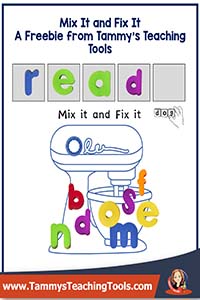
My students love to play a game called Mix It and Fix It. This game is adaptable for any set of words students are working on. First, students build a word with letter tiles, segmenting the sounds orally as they build it. Then they say the word.
Next, they drag all the letter tiles to the electric mixer and mix them up with their hands (of course this is their favorite part). Then they take their tiles and rebuild the word, saying the sounds as they go and repeating the word when they are done. Finally, they write down the word. You can give students a list of specific words so that they are working at their just-right level.
Although we typically focus on fine-motor skills in the classroom, gross-motor development is equally important for young children and can be incorporated into literacy to support struggling readers in a multisensory way.
Outdoor Teaching Fun
► On the blacktop, draw a hopscotch board (the longer the better) and in each square write down a word. As students hop through the squares, they can practice saying the words aloud. Invite your students to jump forward and backward through the hopscotch for a fun physical challenge.
► You can also use beach balls as a multisensory learning tool that builds gross-motor skills. Use a permanent marker to write various words on a beach ball. Students can play catch and each time they catch the ball they read the words that are closest to their thumbs. It’s visual, auditory, and kinesthetic; plus, it develops hand-eye coordination and teamwork!
Before You Go
I hope you find these tips helpful. Getting support from parents at home, building a strong foundation in phonics, and teaching in a multisensory way will surely help your struggling readers make progress.
 ♥ But most of all, in order to get better at reading, students need to spend time absorbed in books. In the classroom, provide students with just-right books that cover a variety of themes so students will be interested in reading.
♥ But most of all, in order to get better at reading, students need to spend time absorbed in books. In the classroom, provide students with just-right books that cover a variety of themes so students will be interested in reading.
It’s also important for students to be read to, both at school and at home. I remember a little boy, who at first was very resistant to learning how to read, confess to me one day that he didn’t want to learn how to read because he thought his mom would stop reading to him at bedtime if he knew how to read on his own. I assured him this would not happen, but it illustrates just how much children love being read to.
Let me hear your strategies for supporting struggling readers. Please share in the comments below.
Keep Reading!



